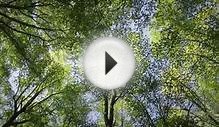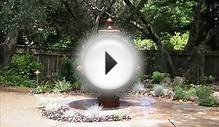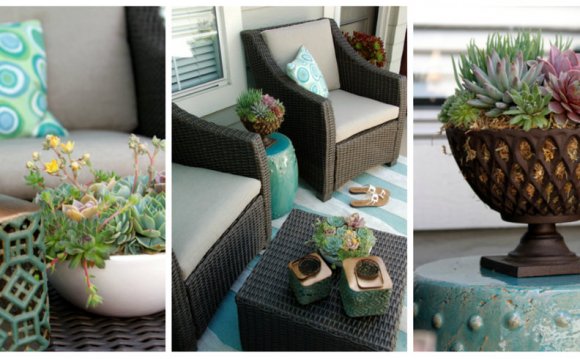
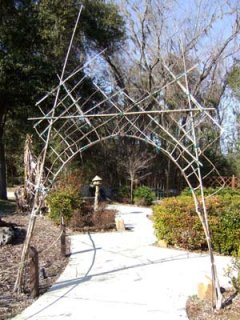 I want to share with Landscape Designers the vision of Tree Sculpture as a cooperative adventure with Nature. This medium of grafting trees into structures within an overall landscape design, allows the project to be understood as an "intimate" and long term relationship and collaboration with the natural world.
I want to share with Landscape Designers the vision of Tree Sculpture as a cooperative adventure with Nature. This medium of grafting trees into structures within an overall landscape design, allows the project to be understood as an "intimate" and long term relationship and collaboration with the natural world.
Strategically and sensitively placed tree sculpture elements present specific areas of interest in an environment and demonstrate particular cooperative interaction over time.
Seasonal interventions such as Spring branch training and grafting or rigorous pruning and training of a tree to an armature structure in the fall and late winter, highlight the change and evolution of this collaboration with nature.
I work closely with landscape designers to include grafted tree structures in their plans. I consult in the design, sighting, choice of tree material, and participate in the in installation of grafted tree sculptures.
I will be available for the duration of the project to offer advice, enhancements and future direction. I will be committed to a long term, hands on, involvement in the enterprise myself or I can offer complete staff training in the grafting, shaping and the future needs of the project.
The initial consultation is always free! However Living Sculpture projects, by their very nature, require a significant amount of thought and planning. Fees will be discussed if it is decided to proceed to drawings, plans, and fulfilling a project.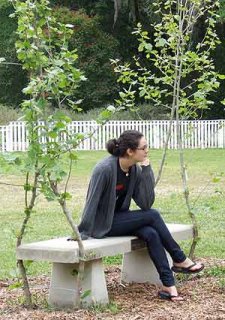 As ideas become plans and concepts evolve, we will work together to create landscaping projects that are unique and extraordinary and which also demonstrate a new and evolved relationship with the natural world.
As ideas become plans and concepts evolve, we will work together to create landscaping projects that are unique and extraordinary and which also demonstrate a new and evolved relationship with the natural world.
Planning for the best placement of living, growing sculpture is a colaboration between the artist and the landscaper. There are specific concerns when choosing to place these tree structures in large vs. smaller, more intimate gardens. When integrating grafted tree structures into larger landscapes of deep vistas, one might opt for a more expansive, simple, and open structure that wouldn't be dwarfed by its environment: landscaping ideas like a grafted screen of latticed trees, or descending groupings of worked trees, for example. Closer, smaller garden landscape design with more intimate space calls for a garden sculpture of a smaller more intimate design. A single or two-tree form might be desirable.
Sighting grafted tree structures in the landscape plan and design needs particular attention and understanding of the overall landscaping scheme and the tree, or trees, relation to water, light, and space. The project must be envisioned in its eventual maturity, projecting into the necessary space over time.
Choice of tree material is of overall importance to the success of grafted tree structures. Experience has proven specific species more suitable than others depending on the project. In smaller, garden landscape design, tree sculptures are often successful in fruitwood, larger expansive projects in Sycamore, for example.
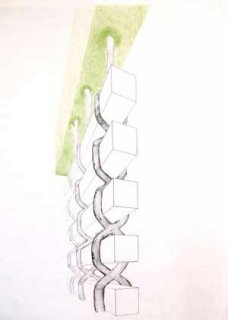 .
.
Landscapers can expect my full collaboration and direction during the installation of the tree projects. Installing architectural tree structures may involve initial tree grafting, shaping, training the trees on an armature, and scheduling irrigation.
Installation occurs when the trees for the sculpture project are planted or the first intervention is made in the existing tree inventory on the site, as per the plan. By now the the design, the type of trees, and the site have all been decided and it's time to dig holes and plant trees, this is when the project "comes alive."
Having machinery available and ready helps especially with large root balls and when the direction of the branches or a particular angle of the tree is critical. Larger trees and root balls are heavy.
Usually there is some measuring to do in spacing the trees and the first support structures go in with the trees at this time too. Most of the tree planting I do is in the Spring and this is when the first grafts on a project usually occur. It is important to have that support structure in so the grafts are held immobile, they won't grow together if they are blowing around in the wind.
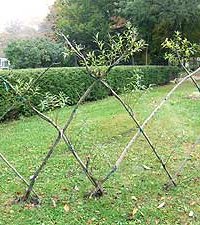
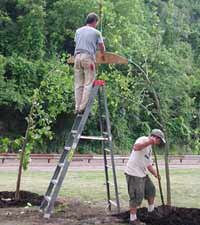
YOU MIGHT ALSO LIKE
